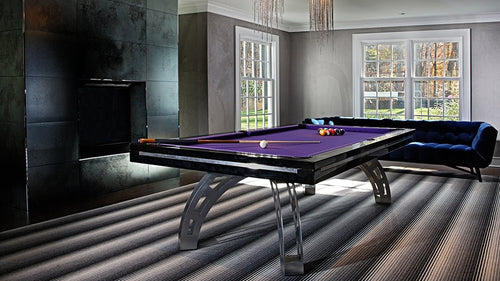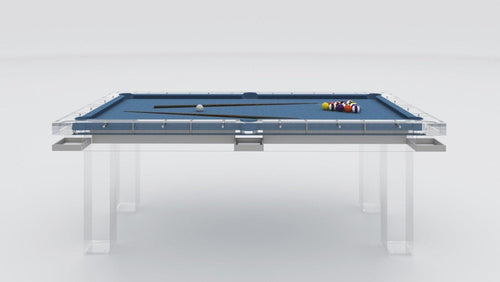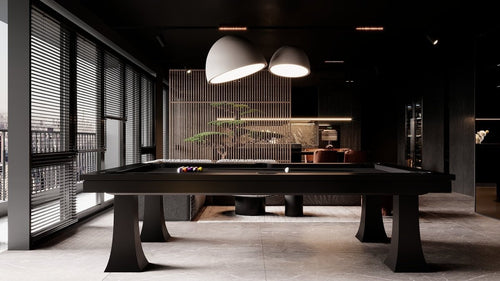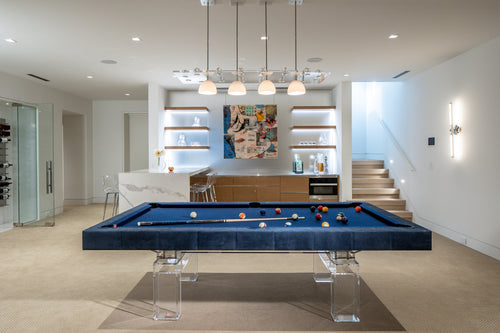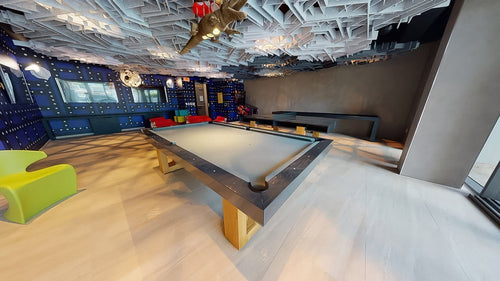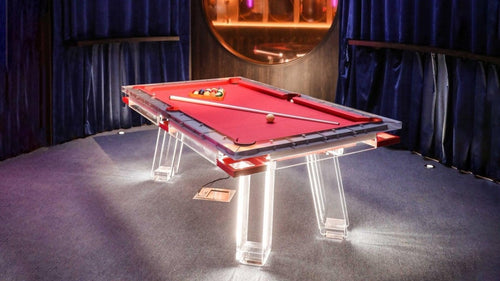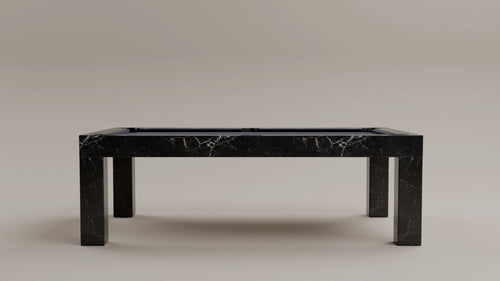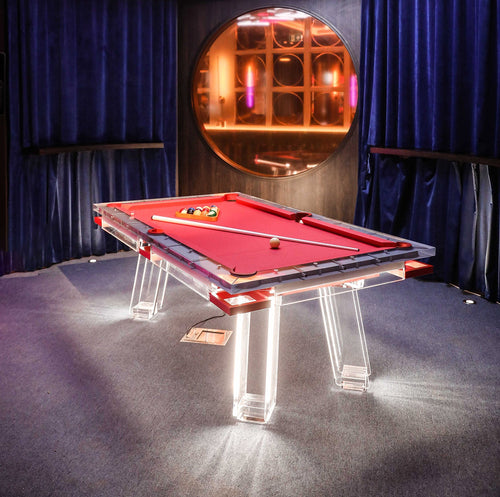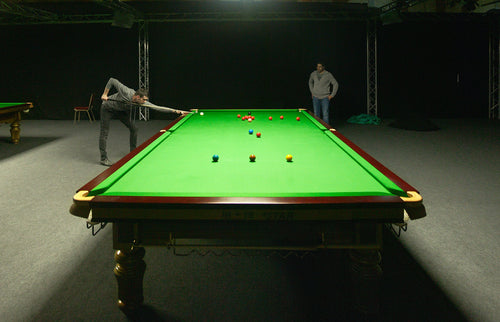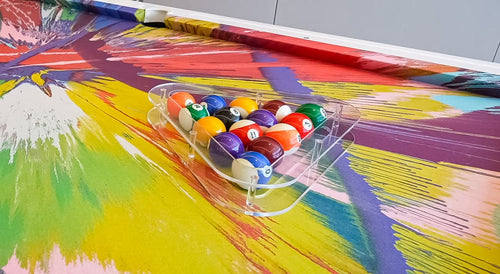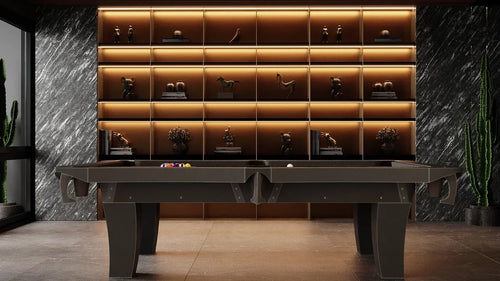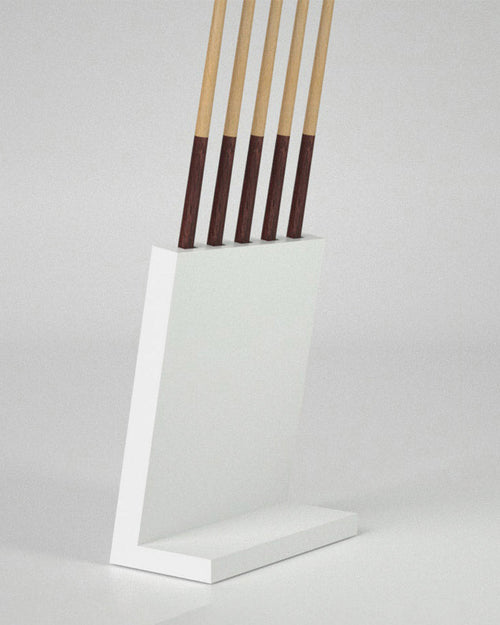Enjoy our modern designs
Estimated Read Time: 3 mins |
Foosball—known in Europe as table soccer—has come a long way since its 19th‑century origins. What began as a handcrafted parlor game in Germany would eventually spark a competitive boom in the United States, fade under the lure of video arcades, and then surge back to life in the late 1980s. Let’s explore that journey.
Origins in Europe (Late 1800s)
- Invented in Germany as a tabletop response to field soccer’s immense popularity.
- Crafted by artisans drawing on traditional puppetry, woodwork, and fine craftsmanship.
- Early tables varied in quality but shared the same basic player‑rod layout.
- Quickly became a favorite pastime across all age groups throughout Europe.
Early Introduction to America (c. 1900)
European immigrants brought table soccer across the Atlantic around the turn of the century. It remained largely unknown in the U.S. for over fifty years, relegated to private homes and small pubs.
The Tournament Soccer Revolution (1970–early 1980s)
- 1970 marked a turning point: Lee Peppard designed the Tournament Soccer line of tables.
- Built from high‑quality woods and smooth, durable plastics for controlled, fast‑paced play.
- The “brown‑topped million‑dollar table” featured sloped goal‑corner design for sharper rebounds.
- Became the official table of the World Table Soccer Association’s Million‑Dollar Tour; prizes soared up to $250,000.
Decline Under the Video‑Game Onslaught
1980s arcade video games swept leisure venues. Foot traffic—and foosball sales—plummeted. The WTSA disbanded and Million‑Dollar tables went out of production, though a loyal core of enthusiasts kept the sport alive on cheaper models.
Revival with the Tornado Table (1988 Onward)
In 1988 the United States Table Soccer Association adopted the Tornado table as its official competition standard—featuring a three‑man goalie rod and precision‑machined parts for blistering speeds and higher skill. The USTSA evolved into NATSA, now with over 20,000 members across North America.
Legacy of the Tournament Soccer Tables
Peppard’s focus on durability and consistency set industry benchmarks. His sloped‑corner design inspired later manufacturers, and techniques developed on those tables still influence play today.
Why Table Quality Matters
- High‑tolerance construction ensures predictable spins, passes, and shots.
- Superior materials allow players to refine fast‑paced techniques without inconsistent bounces.
- Well‑built tables withstand tournament rigors, making the investment pay off over decades.
Today’s Golden Era
With NATSA tours, regional leagues, and casual play thriving, American foosball is in a true renaissance. Modern tables—Tornado, Dynamo, Bonzini, Garlando—vary in feel, but skills transfer across them. Placement in pubs, bars, rec centers, and offices shows foosball is now recognized as a competitive pastime with deep roots and a bright future.



